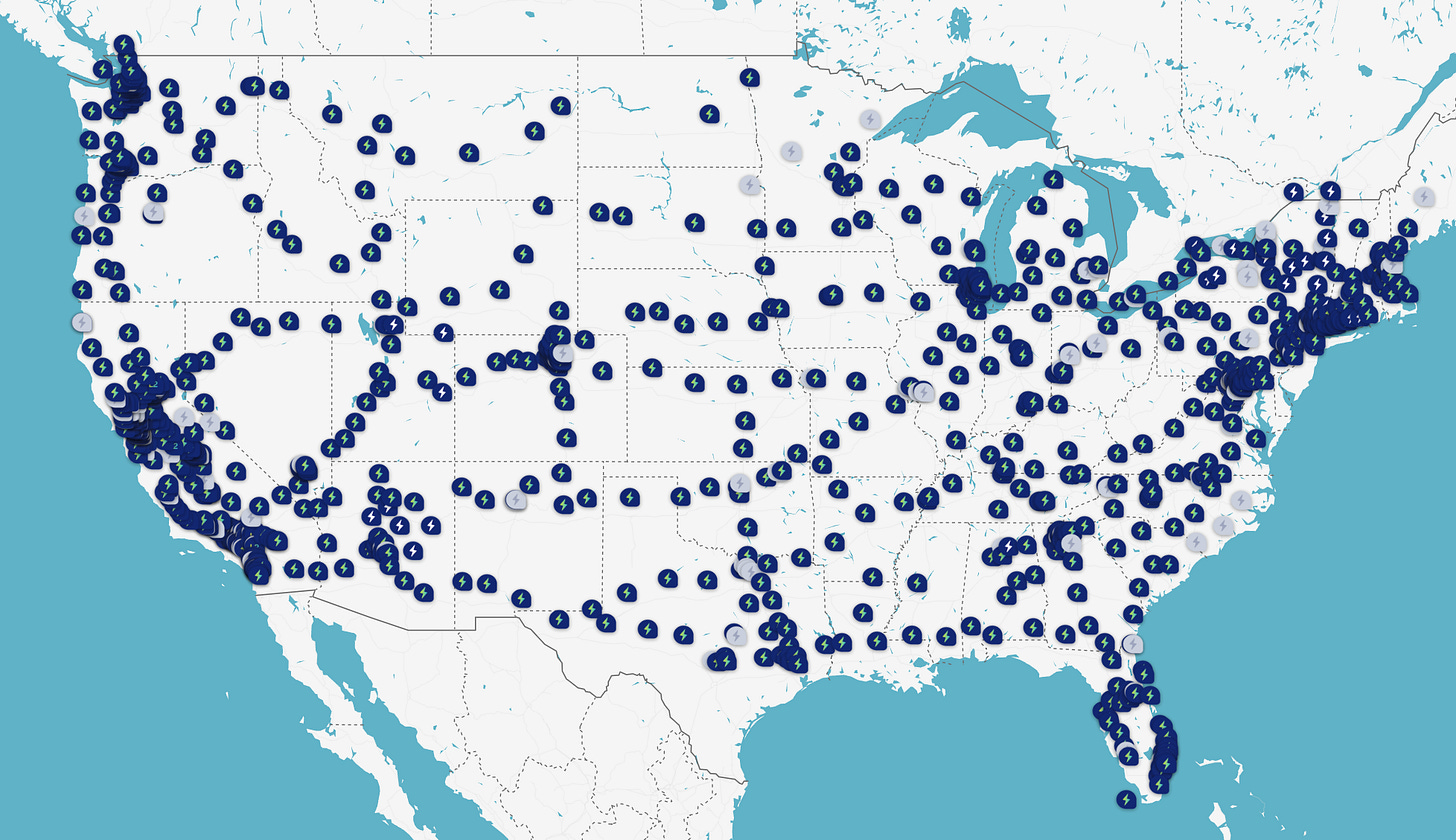The Truth About EV Charging: What You Need to Know Before Making the Switch
Is Now the Right Time to Buy an Electric Vehicle?
After reading Thursday’s post, you might be wondering, “If A.J. isn’t obsessed with iPhones anymore, what does he do with all that extra brain space? Did he take up knitting? Or maybe he’s started collecting obscure mugs?”
The truth is, iPhones have been replaced by electric vehicles (EVs) in my mind. Around 2018, my focus shifted from phones, where innovation had slowed, to electric vehicles, which were just beginning to take off.
After years of anticipation, I finally purchased a Tesla Model Y in the summer of 2021. For those unfamiliar, the Model Y is Tesla’s more affordable SUV. Its interior space is comparable to a Ford Edge, though it looks smaller because it lacks a front engine and sits lower to the ground.
The purpose of this post is to give an impartial overview of the pros and cons of charging an EV.
Doesn’t charging take a long Time?
When you think of charging an electric car, you might picture those large charging stations at gas stations or grocery store parking lots. While you will need to use those occasionally, it’s pretty rare.
Most of your charging will be done at home, which is far more convenient than gas station trips and typically happens while you sleep. To do this, you’ll need to install a 240-volt outlet on a dedicated 40-amp circuit (you should hire an electrician for this). Most likely, they will install a NEMA 14-50 plug, which is the same type used for electric dryers.
This installation will cost around $600 to $1,000 upfront, but once it’s set up, you’ll never need to visit a gas station again, and you can see the savings pile up over time.
Alternatively, you can install a dedicated charger like a Juicebox or Tesla Wall Connector. However, this isn’t strictly necessary. I haven’t bothered, since a 240-volt outlet adds about 30+ miles of range per hour, and dedicated chargers only offer a slight improvement—about 45 miles per hour. For most people, this difference doesn’t matter when charging overnight, especially if you’re not driving 200+ miles a day.
One downside to dedicated chargers is that currently, Tesla’s Wall Connector is the only one that uses the NACS plug (think of it as the USB-C of car charging). Most other chargers use J1772 or CCS plugs (think USB-A). However, many companies have announced plans to switch to NACS next year.
While adapters exist to convert J1772 to NACS, it can feel inconvenient to install a charger on your wall only to rely on an adapter all the time.
Still, in deep blue states like New Jersey. where rebates or incentives are available for dedicated chargers, it might be worth looking into.
Road Trips: The other 5%
For Tesla Owners
This is where things can get a bit tricky. Tesla owners (and cars with compatible adapters) have access to Tesla Superchargers, which are widely available. These can charge your car from 20% to 80% in about 30 minutes. This isn’t too bad, especially since you can always start a trip with a full battery.
Our biggest challenge has been on long trips, like the drive from Northern New Jersey to Rochester, NY. It’s about a five-hour drive, and we have to stop halfway for about 20 minutes to charge. While it’s not a huge delay, things can quickly unravel when you have kids under 3.
Another issue we faced on that trip was that our hosts didn’t have an external outlet on their home, so we had to make extra trips to charging stations.
Non-Teslas
If you don’t have a Tesla, things get more complicated. There are several charging networks across the country, but about 1 in 10 chargers are typically out of service at any given time, which is much rarer for Tesla’s network. Additionally, the speed of these chargers varies greatly—some are faster than Tesla Superchargers, while others are much slower.
The situation is improving, but if you frequently take 300+ mile trips, I can’t confidently recommend a non-Tesla EV just yet.
Conclusion
While transitioning from gas-powered vehicles to electric ones does come with some upfront costs and occasional inconveniences, the benefits far outweigh the drawbacks to me. Home charging is more convenient than gas station stops, and for most daily driving, it’s more than enough. Road trips do require some planning, but Tesla’s Supercharger network makes longer drives manageable, especially compared to non-Tesla EVs. As charging infrastructure continues to improve, the experience will only get better. If you’re considering making the switch (and understand the drawbacks I mentioned above), the convenience and savings over time are well worth it.





I'm sticking on the sidelines until the charging network gets better and I'm not sure the math is that compelling anymore in a high cost energy state like California. Also I love my stick shift